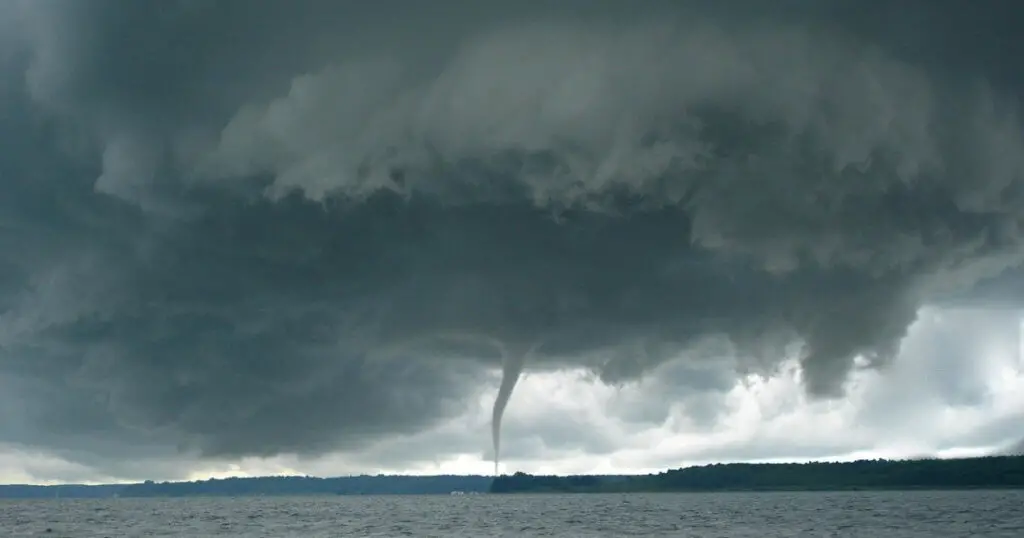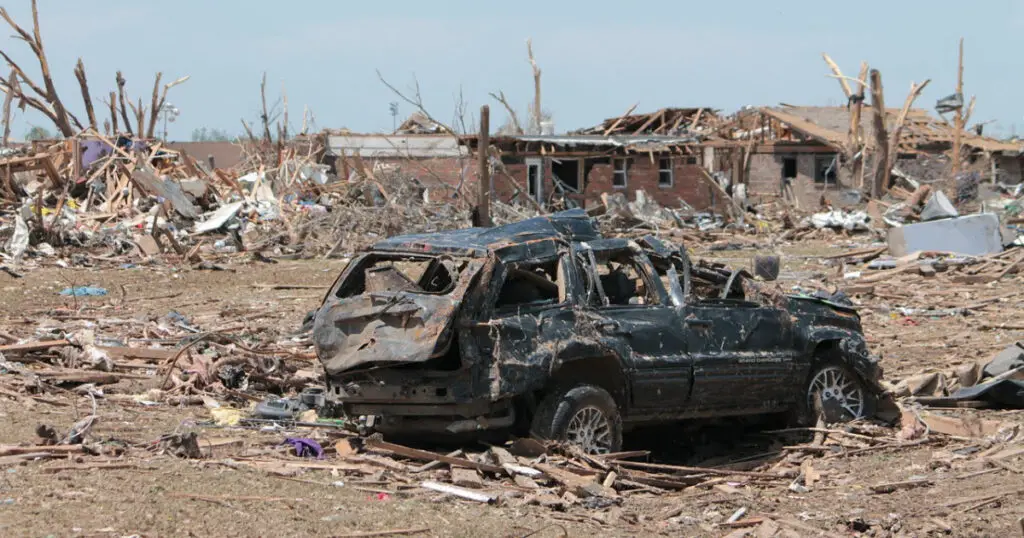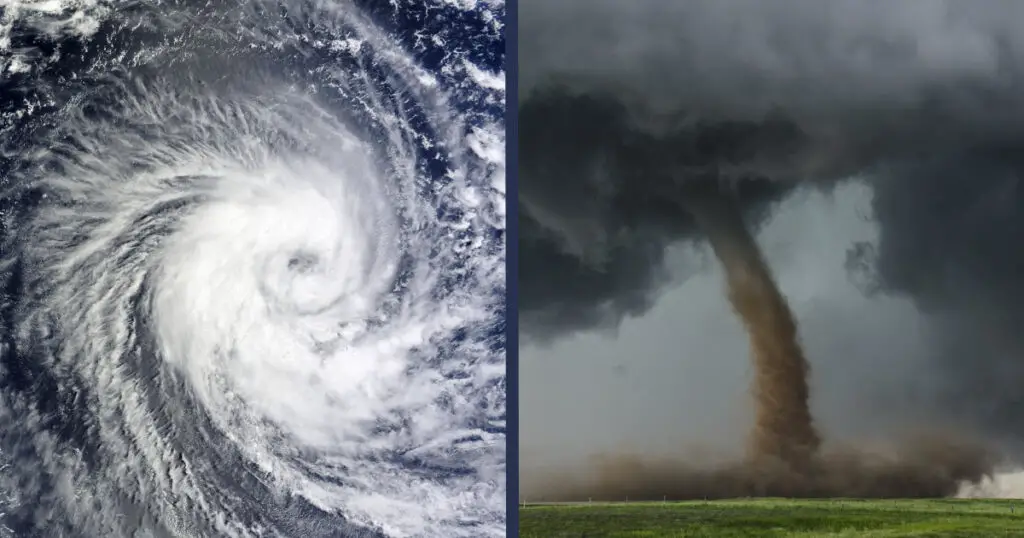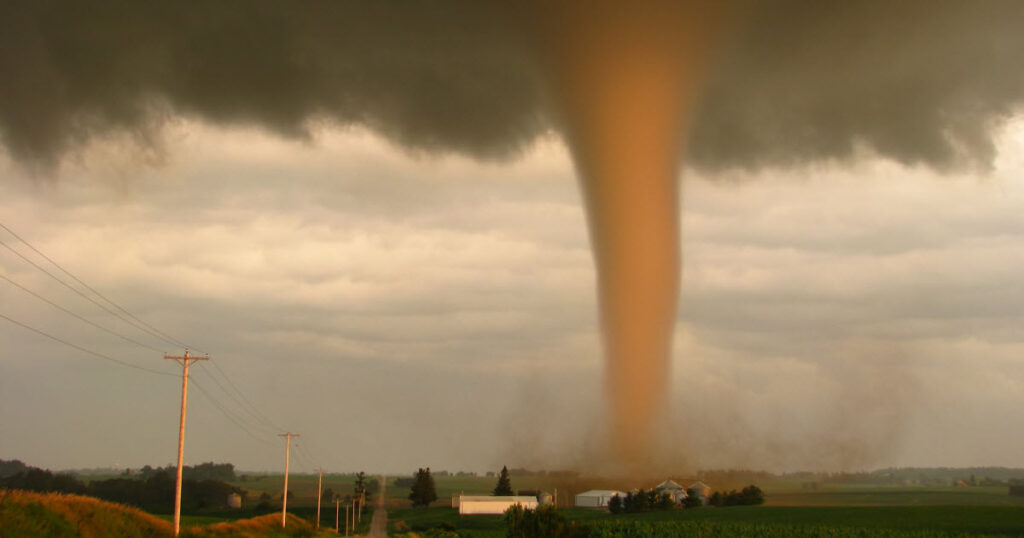The Fujita scale (F-Scale) is probably the most well-known tornado measurement rating system in the world. This tornado wind speed scale is named in the honor of a prominent Japanese-American meteorologist Ted Fujita — the man who created the Fujita scale. In this article we’ll explain the different Fujita Scale categories, and explain the differences between the old Fujita Scale, and the more modern Enhanced Fujita Scale.
Fujita Scale Pronunciation
If you’re not sure how to pronounce Fujita scale, just think of the Mount Fuji, the highest mountain in Japan. With that in mind, IPA’s Fujita scale pronunciation would be “fuˈʤitə skeɪl”.
The tornado Fujita scale is basically a measurement used to determine the intensity of a storm and its impact on man-made structures and vegetation in the areas affected by it. If you’re wondering when this tornado wind speed scale was invented, it was back in the 1970s. And it had been used for many years in the United States and Canada before being replaced by a more advanced version of the Fujita tornado scale, the so-called “Enhanced Fujita Scale” (EF-Scale).
Let’s learn a little more about the older wind speed rating system.
Fujita Scale Definition
The Fujita scale pertains to the strength of a tornado, as well as its impact on the area it occurs in. The Fujita scale definition also points out that this scale has five main grades (F1-F5) that allow meteorologists to separate tornadoes into different categories based on their destructive potential.
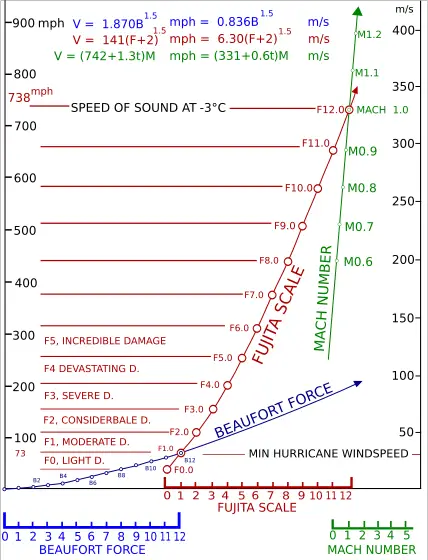
When it comes to tornado warnings, meteorologists use various techniques in order to properly predict the destructive capabilities of tornadoes and its corresponding category on the Fujita scale. They take into consideration weather radars, satellite pictures and historic meteorological data, as well as ground-swirl patterns, time of the year, and the landscape of the area the tornado is about to hit. Last but not least, meteorologists also draw on their experience from the past when categorizing a tornado.
To properly rank tornadoes on the Fujita scale after the event, meteorologists also take into account the reports given by the media and the people who have witnessed the tornado. Only when they have enough data, meteorologists are then able to properly determine the Fujita scale category (F1-F5) of a given tornado.
Tornado Wind Speed Scale (Fujita) Categories
F0 Tornado
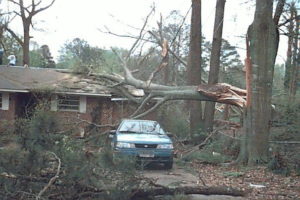
The first measurement grade “F0” refers to tornadoes that cause no or only slight damage.
| Related Posts |
|---|
F1 Tornado
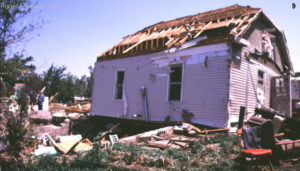
Category F1 tornadoes can cause moderate damage to human-built objects, as well as to natural surroundings. Some examples of the damage caused by F1 tornadoes include vehicles being pushed off the road and roof surface being peeled off. The winds that accompany these tornadoes have speeds in the range of 73–112 miles per hour. When it comes to the diameter of an F1 tornado, it’s between 6 and 17 yards.
F2 Tornado
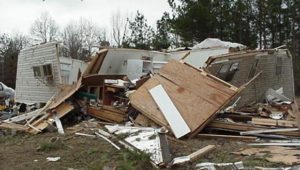
A category F2 tornado can cause significant damage. For instance, they can push over cars and mobile homes, break large trees in half, and so on. It’s not a surprise that they can cause such kind of damage, considering that these tornadoes have winds with speeds between 113–157 miles per hour. F2 tornadoes also have bigger diameters than F1s. The width of their path is between 56 and 175 yards.
F3 Tornado
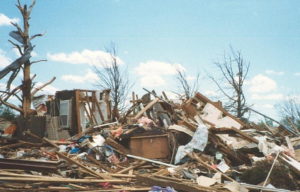
Any F3 tornado can cause severe damage to the property and vegetation. They can tear off walls and roofs, flip over cars, overturn trains, and so on. The winds generated by these tornadoes go at speeds between 158 and 206 miles per hour, while the diameter of F3 tornadoes is somewhere in the range of 176–566 yards.
F4 Tornado
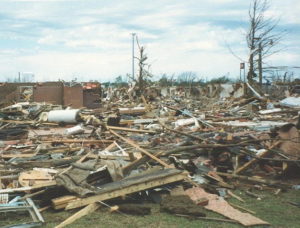
These tornadoes can cause devastating damage to property. This includes for example breaking down houses and lifting cars up in the air. Due to being so powerful, F4 tornadoes can leave a significant death toll behind. The wind speeds of these tornadoes are in the range of 207–260 miles per hour, while their diameter is between 0.3–0.9 miles large.
F5 Tornado
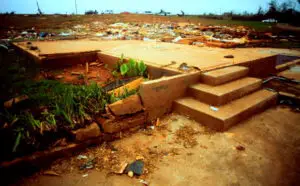
The highest grade in the Fujita nomenclature is the F5. These tornadoes cause incredible damage to the property and vegetation, as well as a high death toll. They can lift homes up from their foundations, while cars can get blown away several miles away if they get caught in an F5 tornado. The wind speeds that characterize F5 tornadoes are between 261 and 318 miles an hour, while the path of such a tornado has a diameter in the range of 1.0–3.1 miles.
F6 Tornado Category?
Fujita scale F6 tornadoes are often debated in the meteorological community. They still haven’t happened, but if they did, F6 tornadoes would cause inconceivable damage. They would turn cars and other objects into missiles by lifting them high up and moving them miles away at super-high speeds.
What is the Enhanced Fujita Scale (EF-Scale)?
The Fujita scale was the official scale for measuring the strength of tornados in the US from 1971 to 2007. That year, the EF tornado scale replaced it. This is an advanced version of the old scale. In fact, “EF” stands for Enhanced Fujita scale. Apart from being used in the US, the enhanced Fujita intensity scale is also in the use in countries like Canada.
The EF-scale is based on the original Fujita scale from the early seventies, but there are some major differences. The biggest difference between the two is that the new scale takes into account the quality of construction of man-made buildings. It’s because some structures are simply more resistant to strong tornado winds than others.
Another difference is that the Enhanced Fujita scale has different wind speeds, particularly in the F5 category. The traditional Fujita scale listed F5 tornadoes as those with winds that have speeds in the range of 261–318 mph. The new EF-scale lists all tornadoes with winds above 200 miles per hour as EF5 tornadoes.
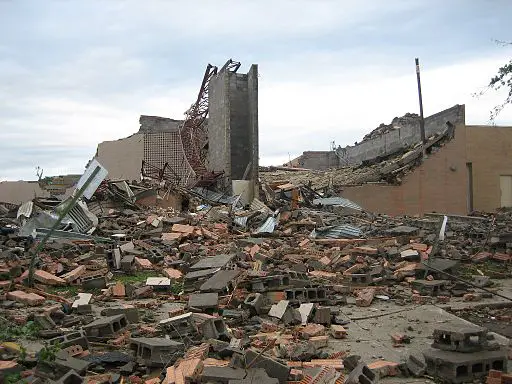
A recent example of a tornado classified as EF5 was the one that struck Chapman, Kansas in 2016. It lasted for over 4 days, causing big damage to the entire area. The tornado flipped over cars, buses, and heavy machinery. It even leveled some houses to the ground, and the powerful storm uprooted many trees.
Luckily, this tornado didn’t cause any fatalities, particularly because the meteorological service had warned the residents of Chapman about the approaching tornado.
References: Wikipedia, NOAA, Weather.gov, NOAA
Images: Wiki Commons, Wiki Commons, Wiki Commons, Wiki Commons, Wiki Commons, Wiki Commons, Wiki Commons, Wiki Commons
